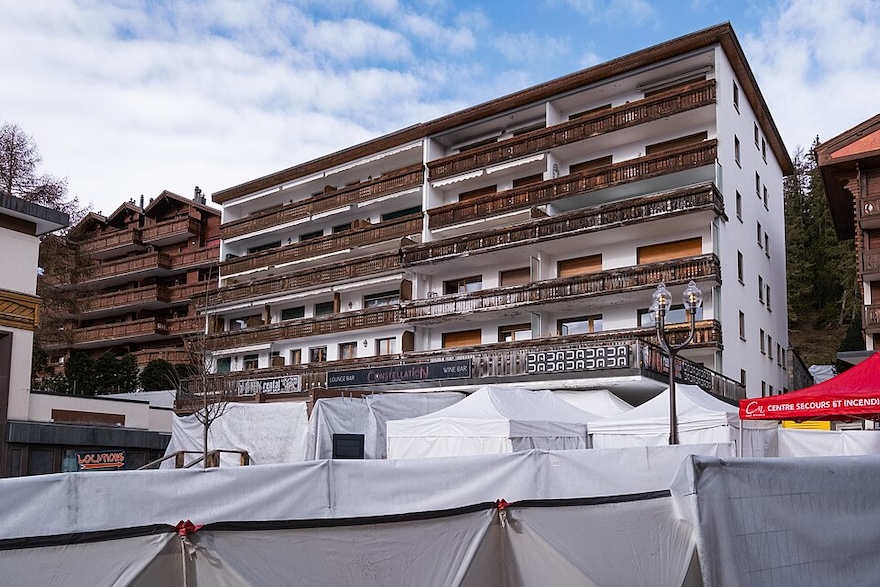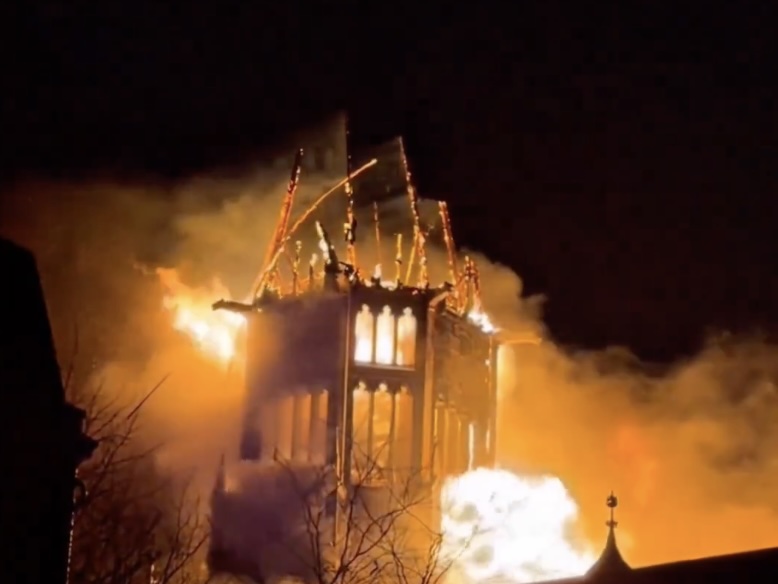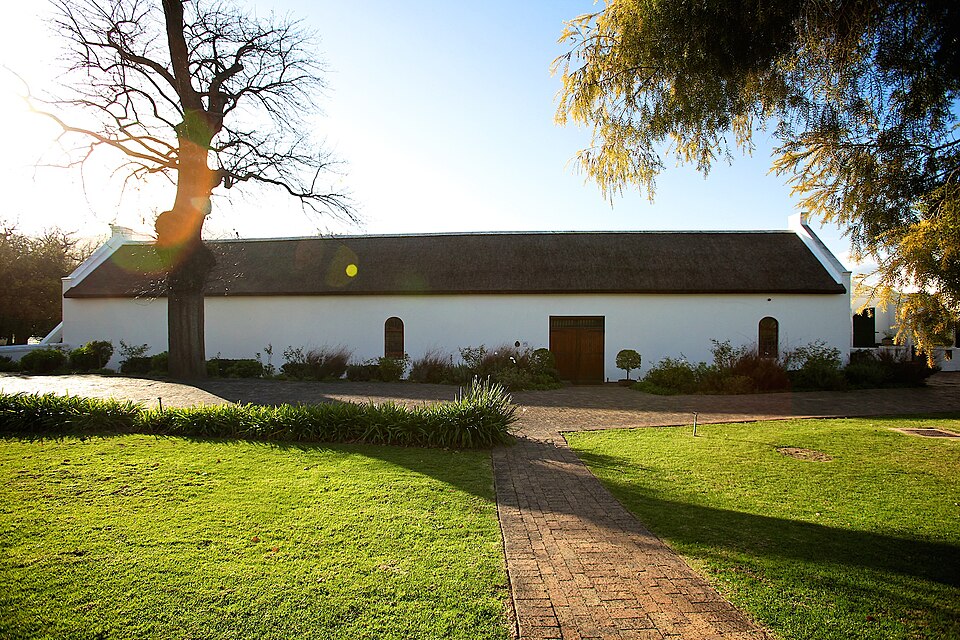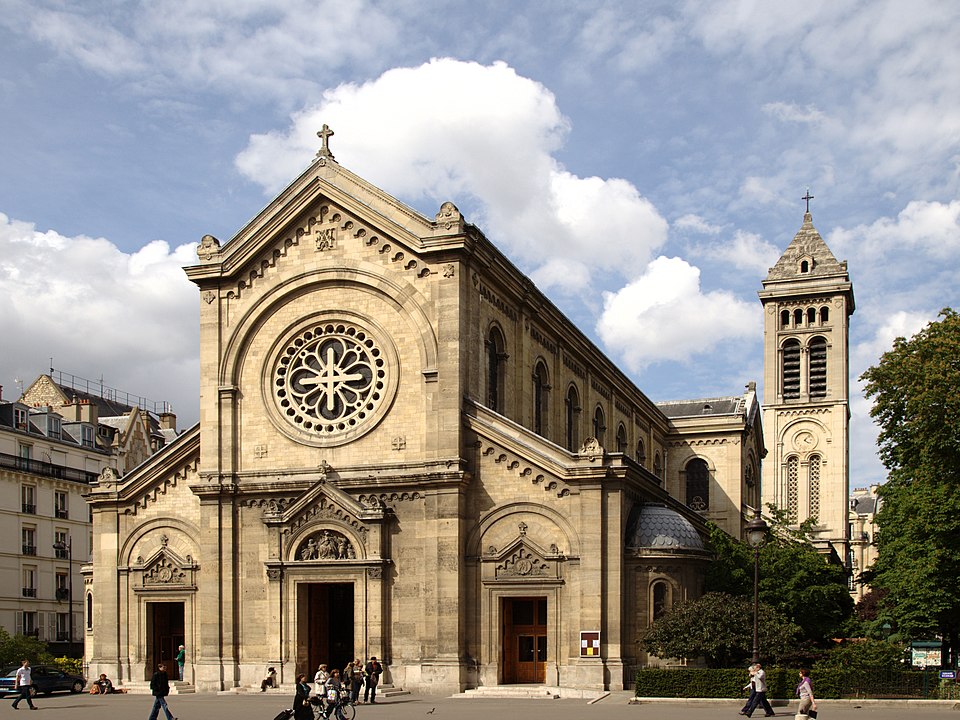Wildfires Threat to Cultural Heritage: The Case of Spain’s Camino de Santiago
Recent wildfires in Spain have underscored the growing threat that climate change poses not only to natural environments but also to cultural heritage sites. While wildfires have historically been a significant danger to natural landscapes, they are now increasingly impacting historic towns and cultural landmarks alike. The recent fires, which have spread across the southern slopes of the Picos de Europa mountain range, forced authorities to close part of the Camino de Santiago, one of the world’s most iconic pilgrimage routes. Fuelled by a 16‑day heatwave and temperatures reaching up to 45 °C, approximately 115,000 hectares across Galicia and Castile and León have been devastated. In response, the Spanish army deployed more than 2,000 troops to assist firefighting efforts
Recent wildfires in Spain have highlighted the escalating threat posed by climate change not only to natural ecosystems but also to cultural heritage sites. While wildfires have historically posed a severe threat to natural landscapes, they are now increasingly impacting historic towns and cultural landmarks.
On this specific issue, this platform presented an analysis titled “Climate Change & Wildfires. A New Threat for Historical Towns.”
The recent fires, which have spread across the southern slopes of the Picos de Europa mountain range, have led authorities to close part of the Camino de Santiago, one of the world’s most iconic pilgrimage routes.
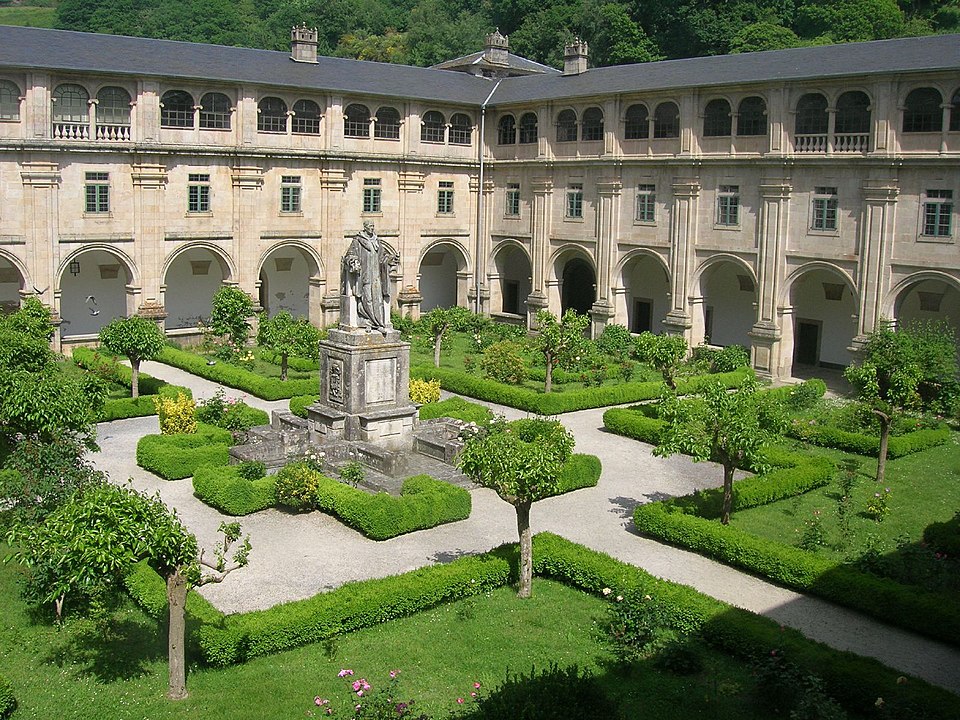
Over the past week, approximately 20 wildfires, fueled by a sixteen-day heatwave heatwave and by temperatures up to forty-five °C degrees, have devastated over 115,000 hectares across the regions of Galicia and Castile and Leon.
These fires have been described as unlike any seen in the past two decades, with severe heat, thick smoke, and difficult terrain complicating firefighting efforts.
In response, the Spanish army has deployed more than 2,000 troops (the Spanish Army often works alongside firefighters, emergency services, and local authorities in a coordinated effort to control the fire and protect lives and property) to assist firefighters, while infrastructure like highways and rail services has been severely disrupted.
In the field of cultural heritage, this situation underscores the urgent need for integrated fire prevention strategies, especially in heritage-rich areas.
The Camino de Santiago, which links France to Santiago de Compostela in northwestern Spain, is not only a UNESCO World Heritage Site but also a living symbol of cultural and religious history, trodden by thousands of pilgrims each year.
The closure of part of the route, particularly between the towns of Astorga and Ponferrada, has brought attention to the vulnerability of such historic paths to the escalating effects of climate change.
In light of this, professionals working in cultural heritage preservation must consider how these fires—and others like them—are affecting not only the immediate landscape but also the long-term sustainability of cultural landmarks and pilgrimage routes.
The fires have also resulted in tragic losses, with four firefighters killed in the line of duty and many more suffering from the relentless conditions. Additionally, authorities have launched investigations into suspected arson, with 27 people arrested since June, reflecting a broader concern about the role human activity plays in exacerbating wildfire risks.
